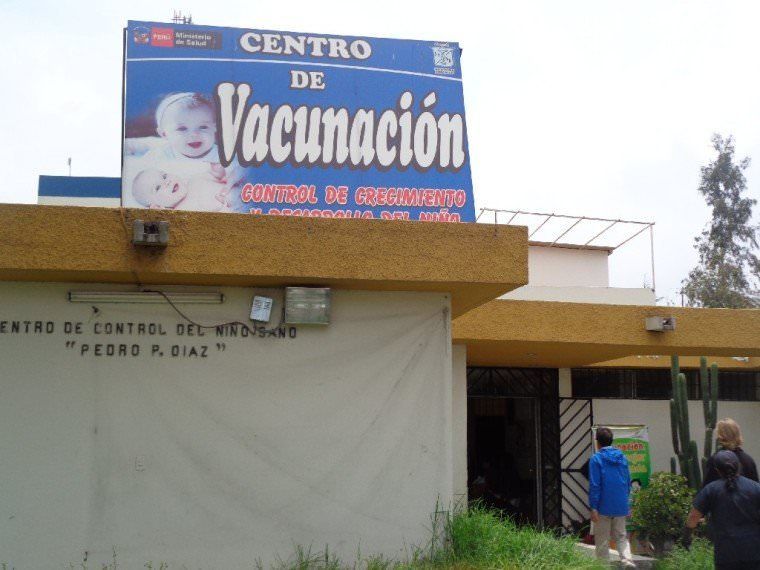9 Spanish Phrases You’ll Use Most For Asking Directions in South America
Before you set off on your adventures in South America, it’s critical you know how to get around in Spanish. This doesn’t require you to be a fluent speaker, and it’s a lot better than walking around with a dictionary in your hands.
Memorize these few Spanish phrases, and even learn how to mix and use them together. Let’s go over the 9 Spanish phrases you’ll use most when asking for directions in South America.
Table of Contents
1. Me puedes ayudar?
Translation: Can you help me?
This is how you can start off a conversation with anyone you’re looking to get help from. Instead of asking directly what you’re looking for, asking “me puedes ayudar” is a polite way to grab someone’s attention beforehand.
2. ¿Dónde está _______?
Translation: Where is ______?
If you’re looking for a bus station, a pharmacy, or anything specific, you can use “¿Dónde está ____” and fill in the blank with what you’re looking for.
3. ¿Este bus va a _________?
Translation: Does this bus go to ________?
Unfortunately, bus transportation in South America is not the most organized system in the world. You’ll need to ask around if the bus you’re about to take is heading towards your destination.
4. ¿Hay ________ cerca?
Translation: Is there a ____ nearby?
Looking for a bathroom nearby? Or maybe something specific such as a Colombian Restaurant in Argentina.
Fill in the blank with what you’re looking for, and locals can help direct you in the right direction.
5. ¿Cuánto tiempo se tarda para ir a _______?
Translation: How much time will it take to go to _______?
Whether you’re going for a day or weekend trip, you’ll need to plan ahead of time to make the most of your experience.
Knowing this, you should use this question to ask people how long it will take to get to your destination.
6. Estamos perdidos.
Translation: We are lost
If you’re awful with directions like I am, then you’ll need to let people know that you’re lost.
Keep in mind that “estamos” refers to “we”, assuming that you’ll be with a friend or group while traveling. When you’re alone, you’ll use “estoy”, which refers to “I am.”
From there, you can follow up with ¿Dónde está _______?
7. Yo necesito ______.
Translation: I need ____
This could either be used as a response when someone asks you “¿que necesites?” (what do you need?) or to let people know that you need Tylenol at a Pharmacy.
8. ¿Cuánto cuesta?
Translation: How much?
Buying tourist gifts? Purchasing a bus ticket?
You can ask “¿Cuánto cuesta?” to ask how much whatever you’re buying.
9. Deténgase aquí, por favor.
Translation: Stop here, please.
As mentioned before, buses do not run on the most efficient system in South America.
You’ll have to tell your bus driver or tax driver where you want to stop.
Remember to add por favor (please) at the end!



